Electrical engineering is a field that requires a lot of attention to concepts, problems, and understanding. It is also challenging to find suitable textbooks on the subject. Since I’ve used many different textbooks, I can help you choose the best.
Overall Best: The Art of Electronics by Horowitz and Hill
Second Overall Best: Gray & Meyer’s Analog Integrated Circuits by Gray & Meyer’s
Best Explanations: Microelectronic Circuits by Sedra and Smith
- The Art of Electronics by Horowitz and Hill
- Analysis and Design of Analog Integrated Circuits by Gray & Meyer’s
- Microelectronic Circuits by Sedra and Smith
- Electrical Technology Textbook by B.L. Thereja and A.K. Thereja
- A Beginner’s Guide to Reading Schematics by Stan Gibilisco
- Electrical Engineering Fundamentals by Vincent Del Toro
- Introduction to Electronic Analysis and Design by Richard C. Jaeger
- Linear and Nonlinear Circuits by Leon O. Chua
- Fundamentals of Electrical Engineering by Leonard S. Bobrow
- Foundations of Analog and Digital Electronic Circuits by Agarwal and Lang
- Electronic Principles: Physics, Models and Circuits by Gray, Paul E., Searle, Campbell L
The Art of Electronics by Horowitz and Hill
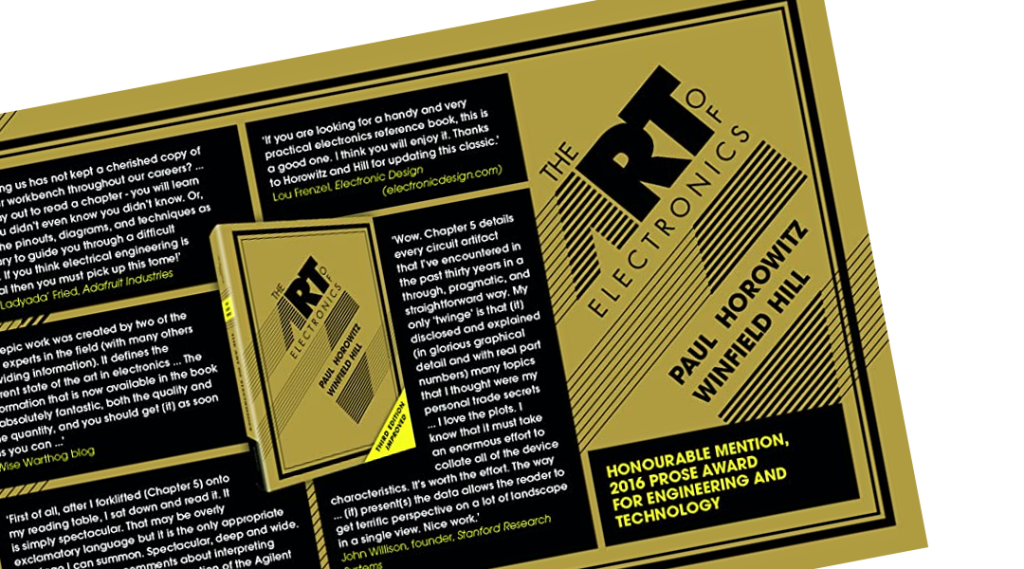
The author has been writing about the subject for years, and his expertise is apparent through the detailed explanations found throughout the book.
The Art of Electronics is a book that every engineer should own. Unlike other books on electronics, it focuses on practical solutions with the goal of teaching readers how to design circuits in real-world applications.
In electronic engineering, the Art of Electronics is seen as a mentor who will always offer guidance for turning circuit designs into real, working hardware. It’s excellent work in the field of electronics engineering and is still unsurpassed after 42 years. This book is truly remarkable in how it covers the subject. I can’t find any other books that match its details.
Electronic circuits and equipment can be challenging to understand, but this book simplifies the information into a language everyone can understand. It shows how electronic components work and then allows readers to use the principles in designs of their own.
I recommend this book for all beginners and immediate learners.
Analysis and Design of Analog Integrated Circuits by Gray & Meyer’s
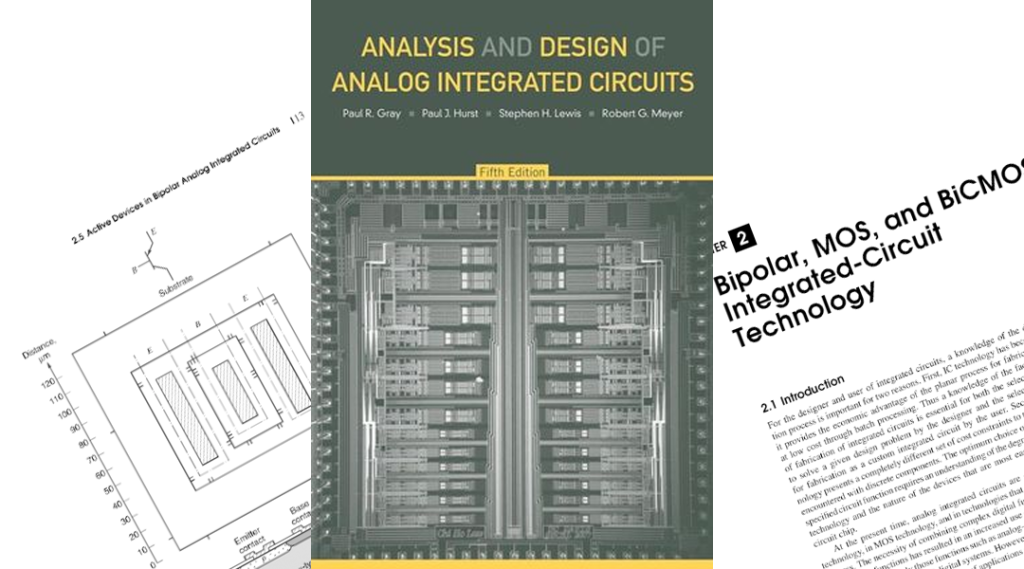
The Analysis and Design of Analog Integrated Circuits is an excellent book for analog circuit design. It’s good as the second book to refer to after the Art of Electronics. This book teaches students how to analyze and design analog integrated circuits (ICs).
Designing analog ICs is a complicated task. You will need to consider many factors, such as the process technology, the intended application, and the trade-offs involved in design decisions. This book will teach you how to get started with building analog ICs by giving an overview of the various technologies and explaining the standard practice.
The book develops analog design from its fundamental working principles, discussing the fundamental building blocks used in most analog circuits. The primary goal is understanding and applying these concepts to solve real-world problems.
I highly recommend this to immediate and advanced learners.
Microelectronic Circuits by Sedra and Smith
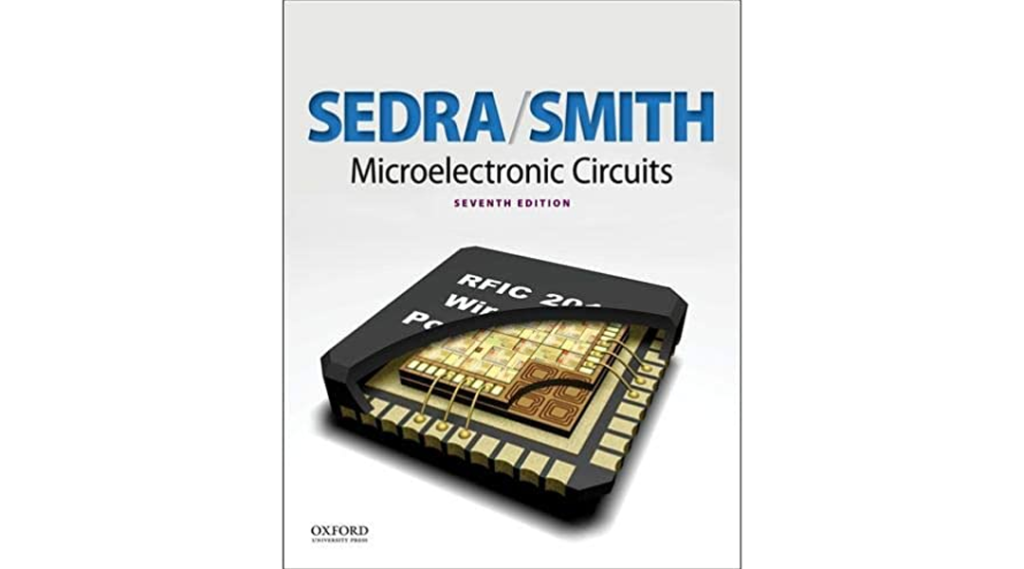
Microelectronic Circuit is an amazing book that teaches you all about the principles of microelectronics. It begins by discussing basic concepts before moving on to more complex topics.
This book breaks down the concepts and makes everything clear. The density of the text may make it a little more challenging to read at times, but it has many advantages. The great thing about this dense writing is that concrete examples and evidence back up all points. It also takes a lot of time to write in this style.
This book will surely help you prepare for any test. It goes through problems in a way that is easy to read and understand, so simple as not to confuse anyone.
I highly recommend this book to anyone wanting to learn principals.
Electrical Technology Textbook by B.L. Thereja and A.K. Thereja
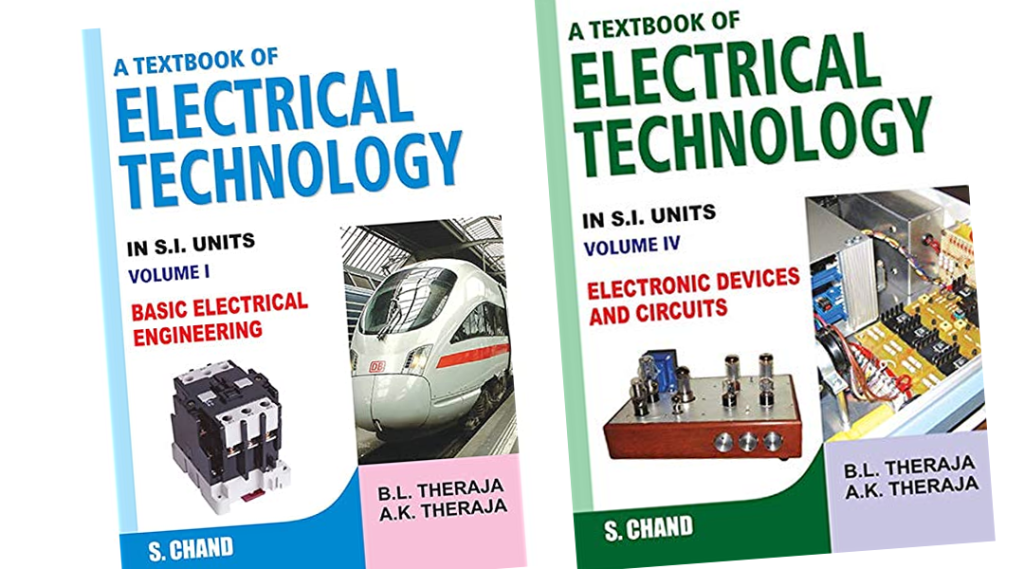
One of the best books for learning concepts, ideas, and numerical problems. It has a good collection of numbers and their answers. The problems in this book are from scratch, and you won’t find much difficulty. There are some mistakes in the book, but it’s worth reading to practice these types of questions.
The Textbook of Electrical Technology is a book that is well-respected among electrical engineers. It covers the basics of electrical engineering, AC & DC machines, transmission, distribution, utilization, electronic devices, and circuits, in addition to some advanced concepts. However, some criticized it for being too difficult to understand.
The Text Book of Electrical Technology by B.L. Thereja comes in 4 volumes as follows:
- Volume 1: Fundamentals of Electrical Engineering
- Volume 2: AC & DC Machines.
- Volume 3: Transmission, Distribution, and Utilization
- Volume 4: Electronic Devices and Circuits.
A Beginner’s Guide to Reading Schematics by Stan Gibilisco
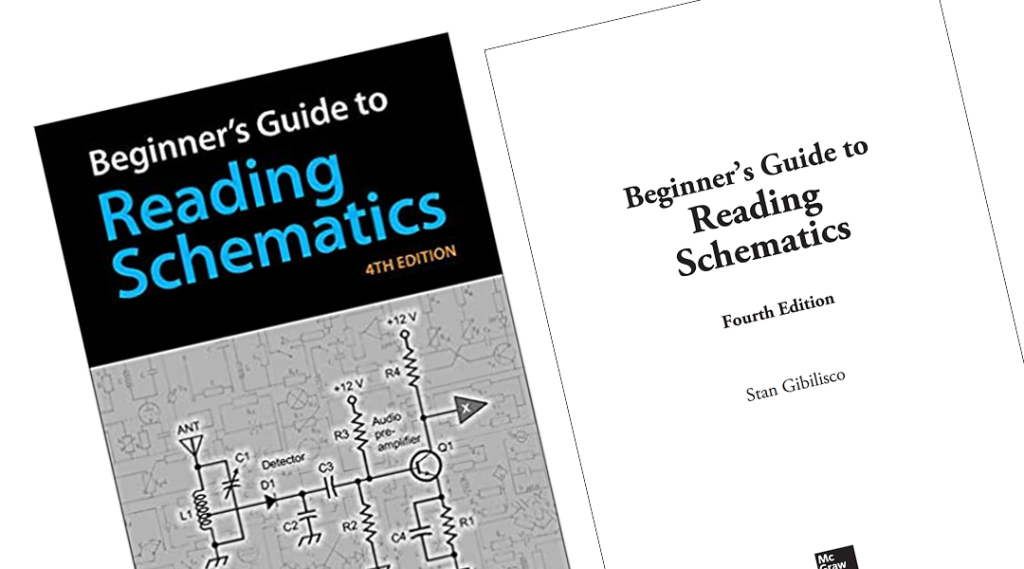
I was given this book as a gift. I read it, and it is perfect. “Beginner’s Guide to Reading Schematics” is well-structured and has good pictures that give the reader a good experience.
As a result of the complexity of circuits, it is not always easy to understand how a circuit behaves. The author has written the book with clarity and logical progression, making it easy to read and understand.
However, I don’t recommend this for immediate and advanced learners. Explanations are overly simplified and won’t be enough for many electrical engineering courses.
Electrical Engineering Fundamentals by Vincent Del Toro
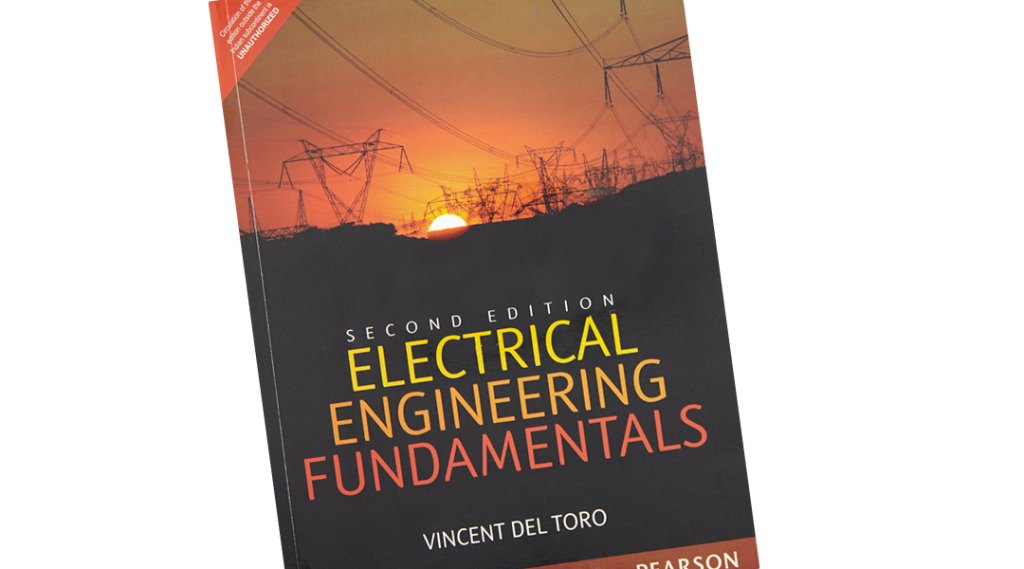
Electrical Engineering Fundamentals is a comprehensive textbook written to provide an introduction to the fundamentals of electric circuits and electronics. The book is well-written and goes everywhere in the topics it covers. It is up to us as readers to navigate the units based on our own needs.
The book “Electrical Engineering Fundamentals” is a must-have for anyone in the electrical engineering field. It covers everything from circuit analysis to electromagnetism and goes into detail on each topic. With this book, you’ll be able to build, test, and troubleshoot circuits while understanding how they work inside and out.
Introduction to Electronic Analysis and Design by Richard C. Jaeger
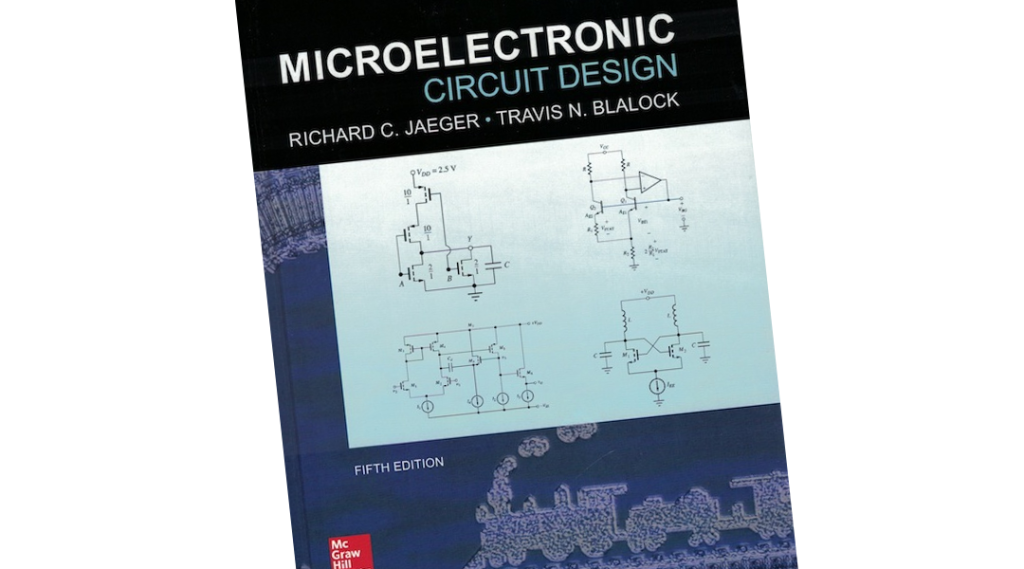
The Introduction to Electronic Analysis and Design book offers an easy-to-understand explanation and discussion of the most important electronic components. It also describes how to use BJT, JFET, MOSFET, transformers, and SPICE models for circuit analysis and provides numerous example circuits that are designed using these components.
This book is an excellent resource for electrical engineering students. It will teach you the basics of circuit design and many helpful insights one can use to solve circuits. It also has practice problems at the end of every chapter, which is perfect for practicing what you just learned in that chapter.
Linear and Nonlinear Circuits by Leon O. Chua
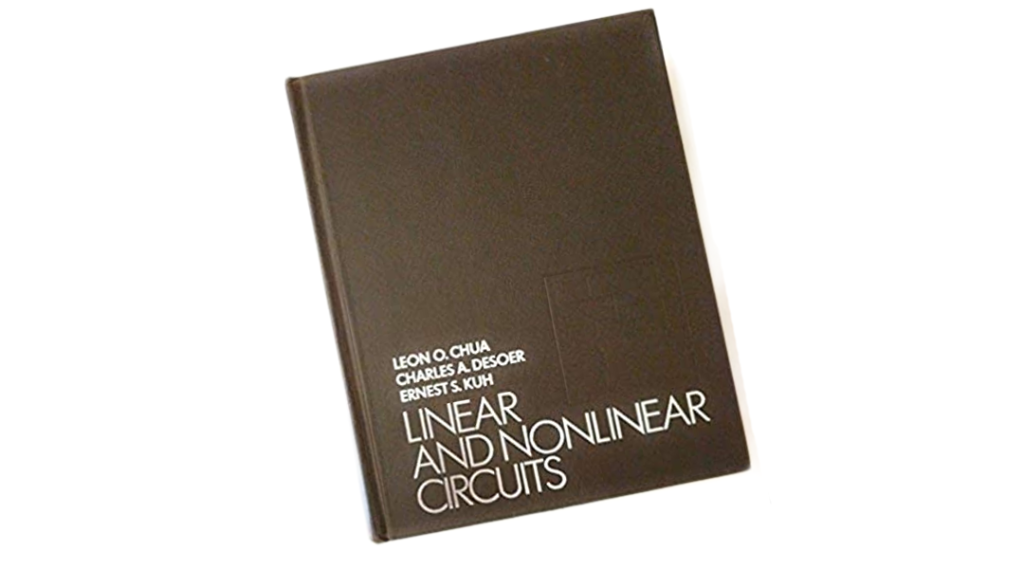
Nonlinear circuits are difficult to understand and even harder to work with. This book will teach you how to tackle the challenges of nonlinear circuits, giving you almost all the information that you need. However, to be able to study the Linear and Nonlinear Circuits book, you must have a solid understanding of mathematical topics such as linear algebra and graph theory.
This book is a great resource for anyone who wants to learn about electric circuits. It covers the basics first, but it also goes into increasingly challenging topics as well. Anyone who reads this book will be able to learn about the basics of analog machines far better.
Fundamentals of Electrical Engineering by Leonard S. Bobrow
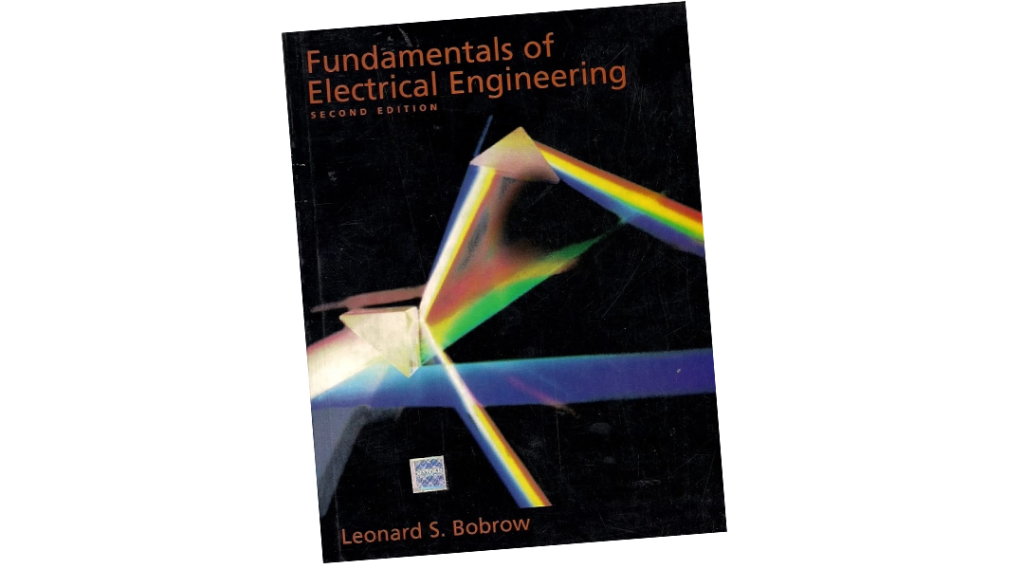
The “Fundamentals of Electrical Engineering” book is a good way to start exploring the world of electrical engineering and really understanding electronics. This book gives a lot of examples and talks about the field of electrical engineering as a whole.
It includes topics from the basics of circuitry to the workings of a transformer. However, it can be hard to follow or get lost, so it’s not the best choice for beginners.
Foundations of Analog and Digital Electronic Circuits by Agarwal and Lang
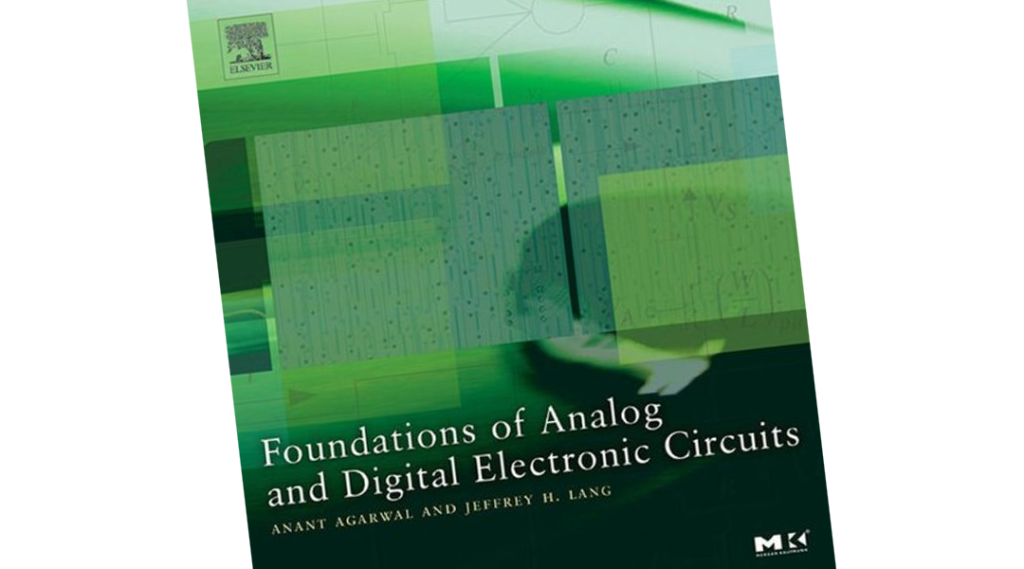
“Foundations of Analog and Digital Electronic Circuits” is a very good book that can support quite well several courses in the circuits and electronics area. It is not very advanced, but it covers the basics of analog and digital circuits.
Two professors at MIT have teamed up with the intent of bringing an analog and digital electronics course together and have issued a textbook to do so. So, it provides information on both analog and digital electronics.
The book does not provide enough examples for the reader to understand how to solve a problem. The lack of examples and explanations makes it difficult for the reader to learn only from this book. And, some parts of the book are not well explained.
Electronic Principles: Physics, Models and Circuits by Gray, Paul E., Searle, Campbell L
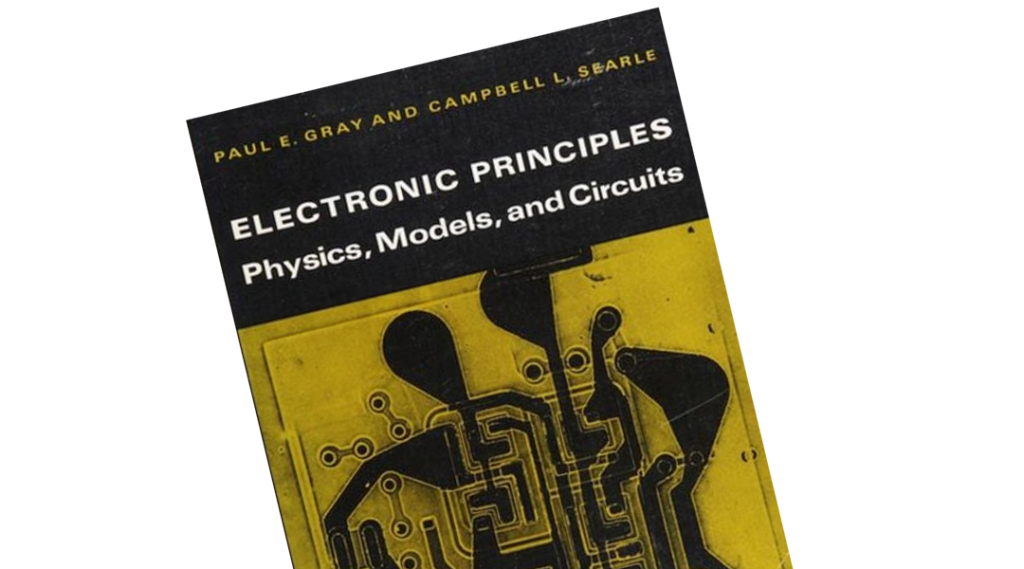
Electronic Principles is a book for those who are interested in learning the basics of how circuits work. The book contains a deep discussion on the electrical behavior of diodes and transistors. It contains clear explanations of the different types of linear and nonlinear devices.
Electronic Principles book covers most of the basics well, even if it’s outdated now. It has the fundamental principles that influence how semiconductors work. And it goes through the physical electronics, modeling, and circuit characteristics.


